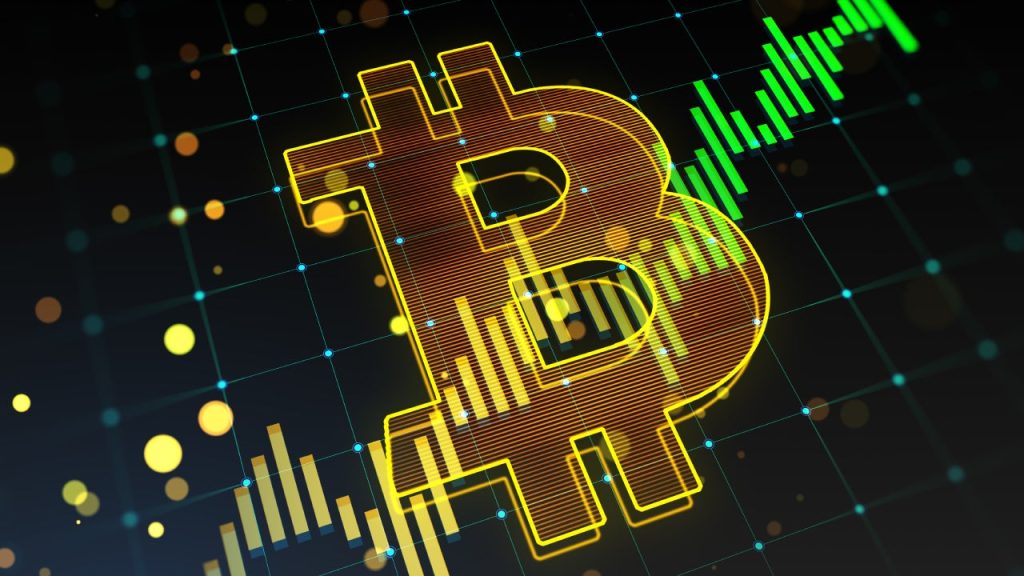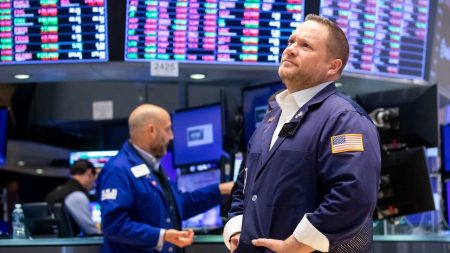Bitcoin is legendary for its volatility. The cryptocurrency has soared, plunged and then risen again since it debuted in 2009. In three separate years, the world’s largest cryptocurrency has plummeted more than 60 percent — in fact, once more than 70 percent. But Bitcoin has actually done even worse than that, top to bottom, making it tough for even crypto-believers to hold on.
Here are the three biggest Bitcoin crashes in history and how to spot the next one.
The largest Bitcoin crashes in history
Bitcoin’s price history has long been “up and to the right,” with the largest cryptocurrency rising thousands of percent since it was created in 2009. In three calendar years, it’s had massive crashes:
- 2014: -61 percent
- 2018: -73 percent
- 2022: -64 percent
These numbers show Bitcoin’s performance from the start of the relevant year to the end of that year. In other words, Bitcoin fell 61 percent from Jan. 1, 2014, to Dec. 31, 2014. As terrible as those numbers are, they’re actually still not as bad as Bitcoin’s performance when it’s measured top to bottom and not simply with the arbitrary cherry-picking of start and end dates.
Here are Bitcoin’s worst crashes from a relative high point to its next low point.
1. November 2013 – January 2015: -86.2 percent
Bitcoin’s first major crash has also been its largest, with the still-new cryptocurrency plunging an eye-watering 86.2 percent in just 14 months or so. In the lead-up to this fiasco, Bitcoin soared in just weeks, skyrocketing from less than $200 in October 2013 to more than $1,200 in November.
Bitcoin plunged a couple months later, but it still took more than a year to wring out a lot of the excess and for the crypto coin to hit a bottom.
2. December 2017 – December 2018: -84.1 percent
In 2017, Bitcoin was gaining some mainstream consciousness and suddenly a ton of people knew that Bitcoin was soaring — even if they had no idea what Bitcoin was. Unlike the late-2013 surge, the move in 2017 was a slower build that nevertheless ended in an explosion at the top.
From the low-$2,000s in July 2017, Bitcoin peaked at more than $19,000 in December.
The plunge was nearly as steep, and by February Bitcoin had lost more than half of its value from the top. The price didn’t bottom for another year, in December 2018.
3. November 2021 – November 2022: -77.3 percent
Bitcoin had been garnering more interest from larger traders, and with the Federal Reserve lowering interest rates to zero as part of its pandemic response, everything was rising. And the riskiest things had been rising the fastest. But in late 2021, the Fed hinted that it was going to begin raising interest rates as part of its bid to tamp down inflation. Bitcoin and other risky assets such as stocks hit their highs in late 2021 and then spent most of 2022 declining further.
Bitcoin bottomed out in late 2022, as did other risky assets such as stocks. Traders set up for what would end up becoming a strong 2023.
Why does Bitcoin crash and how can you spot a crash?
Bitcoin can crash for many reasons, and in a general sense it crashes when the demand for the tokens falls well below the supply. While the emergence of spot Bitcoin ETFs may have brought increased demand, that’s not likely to change the supply-and-demand dynamics at the heart of the process, similarly to how ETFs didn’t change the process with stocks and other securities.
When thinking about the Bitcoin boom-and-bust, it’s vital to remember that the cryptocurrency is not based on anything. It does not have an underlying entity that owns assets or cash flow to back up the investment, in the way that a stock or bond does. Instead, the only thing supporting Bitcoin’s price is sentiment — the belief by traders that its price will rise in the future. This process is what traders call “the greater fool theory of investing.” In other words, Bitcoin is fundamentally worthless, but it trades with value because people believe other people will give it value.
This dynamic helps explain part of Bitcoin’s volatility. It plunges so much because people are rushing to get out of a fundamentally worthless asset. Similarly, traders need more people buying and assets to push up the price, and Bitcoin price predictions seem to move only higher.
Let’s look through the three crashes above and see what lessons we might pull from them.
- Massive gains lead to massive losses: In late 2013, Bitcoin was still a highly niche thing, but traders pushed up the price more than six times from one month to the next. Such a huge swing — and Bitcoin has no fundamentals, again — was simply too massive to hold before traders became psychologically used to the higher price level.
- A new rush of traders leads to a spike: Through the second half of 2017, a broader population began to discover Bitcoin, and it showed a more manageable climb, at first. But in the last weeks of the year Bitcoin doubled, and the new traders — who knew little about the crypto except that it was rising — quickly bailed on their quick gains (or losses).
- A huge shift in interest rates: Bitcoin soared in early 2020 as the Fed cut interest rates to zero to provide stimulus amid the COVID pandemic. By late 2021, Bitcoin was sitting at all-time highs when the central bank reversed course on rates. Traders fled for the exits and abandoned Bitcoin and other “risk” assets, such as stocks, en masse in 2022.
So Bitcoin has been subject to the same market forces as other assets, and trades much more like a very high-risk stock than an inflation hedge. Those who trade Bitcoin need to carefully watch these kinds of market shifts if they want to avoid some of the heaviest losses.
Bottom line
Bitcoin has undergone some truly severe periods of “crypto winter” during its existence, and traders need not have endured these massive drawdowns to get enough of a taste of volatility. So would-be Bitcoin traders need to be especially aware that volatility is the name of the game.
Editorial Disclaimer: All investors are advised to conduct their own independent research into investment strategies before making an investment decision. In addition, investors are advised that past investment product performance is no guarantee of future price appreciation.
Why we ask for feedback
Your feedback helps us improve our content and services. It takes less than a minute to
complete.
Your responses are anonymous and will only be used for improving our website.
Help us improve our content
Read the full article here









